Home>Gardening & Outdoor>Outdoor Structures>How To Heat A Shed Without Electricity
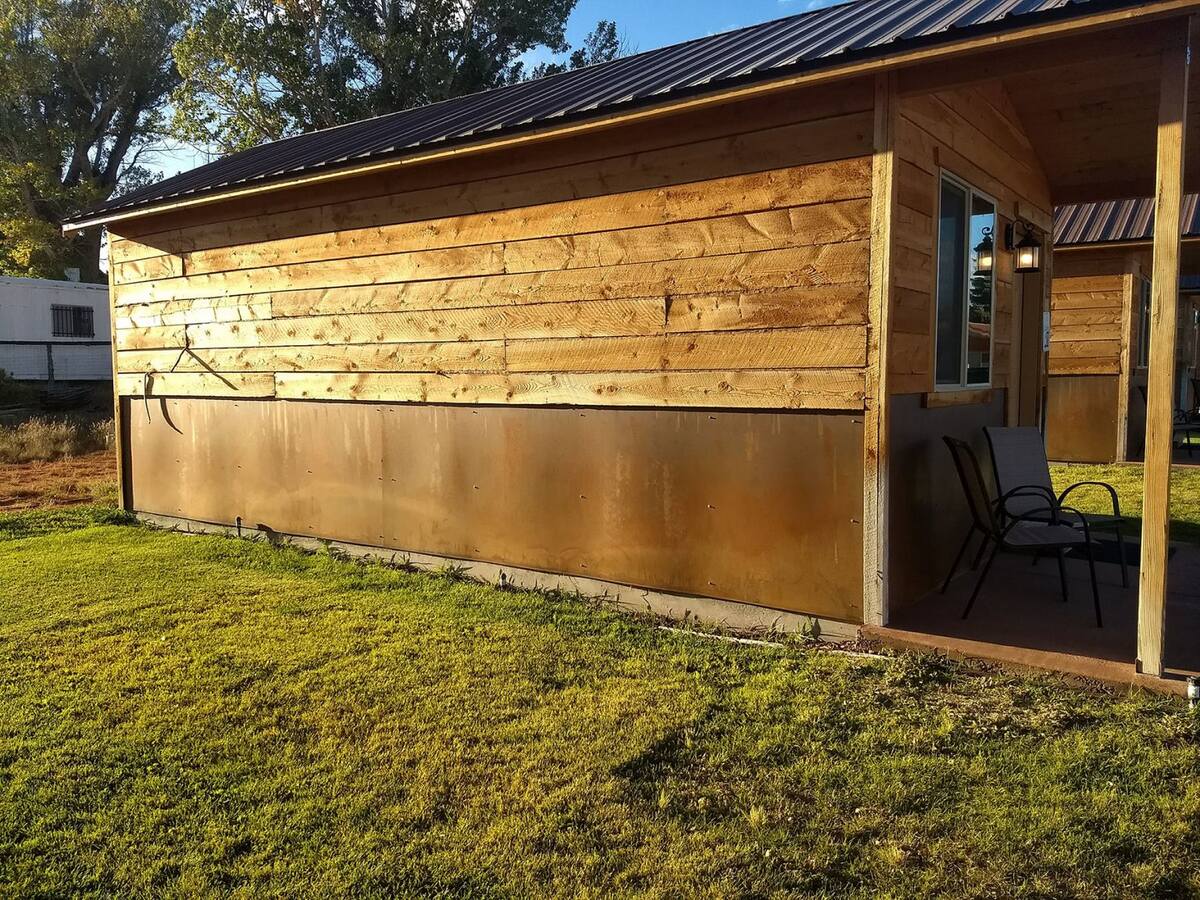

Outdoor Structures
How To Heat A Shed Without Electricity
Modified: March 19, 2024
Learn effective ways to heat your shed without electricity. Keep your outdoor structures warm and cozy with these practical heating solutions. Discover eco-friendly options for heating outdoor spaces.
(Many of the links in this article redirect to a specific reviewed product. Your purchase of these products through affiliate links helps to generate commission for Storables.com, at no extra cost. Learn more)
Introduction
Welcome to the world of sheds – those versatile outdoor structures that serve as everything from storage spaces to workshops, and even cozy retreats. While sheds offer a multitude of benefits, they often lack the convenience of electricity, leaving many shed owners wondering how to keep these spaces warm during colder months. Fear not, as there are several effective methods for heating a shed without electricity.
In this guide, we’ll explore a range of practical and innovative solutions that cater to different needs and preferences. Whether you’re seeking a sustainable, off-grid heating option or a simple, cost-effective solution, we’ve got you covered. From harnessing the power of the sun to utilizing traditional wood-burning stoves, we’ll delve into the diverse array of heating techniques that can transform your chilly shed into a snug and inviting haven.
So, if you’re ready to unlock the secrets of heating a shed without relying on electricity, join us on this illuminating journey. It’s time to discover the warmth and comfort that await within your beloved outdoor space.
Key Takeaways:
- Embrace diverse, non-electric heating options like solar, wood-burning stoves, and propane heaters to keep your shed warm and cozy without electricity. Prioritize insulation and thermal mass for maximum effectiveness.
- Explore innovative and sustainable heating methods such as passive solar heating and solar heaters to transform your shed into a snug retreat, all while minimizing your environmental impact. Don’t forget to prioritize safety and compliance with local regulations.
Read more: How To Heat A Shed
Insulation
Before delving into the various heating methods, it’s crucial to address the foundation of effective shed warmth: insulation. Proper insulation not only helps retain heat generated by your chosen heating source but also prevents cold air from seeping in. This fundamental step is key to maximizing the efficiency of any heating solution.
One of the most common and cost-effective insulation materials is fiberglass. This versatile option effectively traps heat and is relatively easy to install. Foam board insulation is another popular choice, offering excellent thermal resistance while being lightweight and simple to work with. Reflective insulation, typically made of aluminum foil, is adept at minimizing heat transfer, making it a valuable addition to your shed’s insulation arsenal.
When insulating your shed, pay close attention to areas prone to heat loss, such as doors, windows, and any gaps or cracks. Weatherstripping and caulking are invaluable for sealing these vulnerable spots, fortifying your shed against chilly drafts.
By prioritizing insulation, you create a solid foundation for maintaining a cozy temperature within your shed. With this vital step in place, you are well-prepared to explore the diverse heating methods that will further enhance the warmth and comfort of your outdoor haven.
Passive Solar Heating
Passive solar heating harnesses the sun’s energy to naturally warm the interior of your shed. This sustainable method involves strategic design and placement of windows, as well as thermal mass materials to store and distribute heat.
When implementing passive solar heating, consider the orientation of your shed. Ideally, the longest wall should face south to maximize sun exposure. Large, south-facing windows allow sunlight to enter the shed, where it is absorbed by thermal mass materials such as concrete, brick, or tile flooring. These materials store the heat and gradually release it, helping to maintain a comfortable temperature even after the sun sets.
In addition to thermal mass, proper insulation is essential for passive solar heating to be effective. Well-insulated walls and ceilings help retain the heat collected during the day, ensuring a cozy environment throughout the night.
Passive solar heating is a sustainable and cost-efficient method that can significantly reduce the need for additional heating sources. By leveraging the power of the sun, you can transform your shed into a warm and inviting space while minimizing your environmental impact.
Wood-burning Stove
A classic and reliable option for heating a shed is the wood-burning stove. This traditional heating method not only provides warmth but also infuses the space with a rustic, cozy ambiance. Before installing a wood-burning stove, it’s crucial to ensure that your shed is equipped with proper ventilation and that the stove complies with local fire safety regulations.
When selecting a wood-burning stove, opt for a model that is appropriately sized for your shed. A stove that is too large may overheat the space, while one that is too small might not provide sufficient warmth. Additionally, consider the stove’s efficiency and emissions ratings to minimize environmental impact.
To operate a wood-burning stove safely and efficiently, it’s essential to use seasoned firewood, which burns cleaner and produces more heat. Regular cleaning and maintenance of the stove and chimney are also imperative to prevent creosote buildup and ensure optimal performance.
Embracing the allure of a crackling fire and the earthy scent of wood smoke, a wood-burning stove offers a timeless heating solution for your shed. Whether you’re seeking a rustic aesthetic or simply enjoy the ritual of tending to a fire, this heating method brings warmth and charm to your outdoor sanctuary.
Propane Heater
For shed owners seeking a convenient and portable heating option, a propane heater presents a versatile solution. These heaters are available in various designs, including radiant, convection, and forced-air models, catering to different heating needs and space requirements.
Radiant propane heaters emit infrared heat, warming objects and individuals directly without heating the surrounding air. This makes them ideal for quickly providing focused warmth in specific areas of the shed. Convection heaters, on the other hand, operate by heating the air, which then circulates to raise the overall temperature of the space. Forced-air propane heaters utilize a fan to distribute heat efficiently, making them suitable for larger sheds or workshops.
When using a propane heater, safety is paramount. Ensure proper ventilation in the shed to prevent the buildup of carbon monoxide, and always follow the manufacturer’s guidelines for safe operation and fuel storage. Additionally, consider investing in a carbon monoxide detector for added peace of mind.
Propane heaters offer a convenient and reliable heating solution, especially for sheds without access to electricity. With their portability and diverse heating mechanisms, these heaters provide flexibility and warmth, allowing you to tailor the heating method to suit your specific shed requirements.
Consider using a portable propane heater or a wood-burning stove to heat your shed without electricity. Make sure to properly ventilate the space and follow all safety precautions when using these heating sources.
Kerosene Heater
Another popular non-electric heating option for sheds is the kerosene heater. These portable heaters are prized for their efficiency and ability to generate substantial heat, making them well-suited for outdoor structures without electricity.
Kerosene heaters are available in radiant and convection models, each offering distinct advantages. Radiant heaters emit heat in a manner similar to the sun, providing direct warmth to objects and people in close proximity. Convection heaters, on the other hand, heat the air, creating a more uniform temperature throughout the shed.
When using a kerosene heater, it’s crucial to prioritize safety. Proper ventilation is essential to prevent the buildup of fumes, and regular maintenance, including cleaning and wick replacement, is imperative for optimal performance. Additionally, storing kerosene safely and in approved containers is vital for preventing accidents and ensuring the fuel’s integrity.
One of the key benefits of kerosene heaters is their portability, allowing you to position the heater precisely where heat is needed. This flexibility, coupled with their impressive heating capabilities, makes kerosene heaters a popular choice for heating sheds, workshops, and other outdoor spaces.
Solar Heater
Embracing sustainability and harnessing the abundant energy of the sun, a solar heater offers an eco-friendly and cost-effective heating solution for sheds. This method utilizes solar panels to capture sunlight and convert it into heat, providing a renewable source of warmth for your outdoor space.
Solar heaters for sheds typically consist of a solar collector, which absorbs sunlight and converts it into thermal energy, and a system for distributing this heat throughout the shed. This can involve the circulation of air or a heat-transfer fluid, effectively raising the interior temperature without the need for electricity or traditional fuel sources.
When considering a solar heater for your shed, it’s important to assess the feasibility of solar panel installation based on the shed’s location and sun exposure. Additionally, factors such as the size of the solar collector and the shed’s insulation play a significant role in the system’s overall effectiveness.
By harnessing the power of the sun, a solar heater not only provides sustainable warmth but also offers the satisfaction of reducing reliance on non-renewable energy sources. This eco-conscious approach to shed heating exemplifies the potential for innovative and environmentally friendly solutions in outdoor living spaces.
Thermal Mass
When exploring methods to heat a shed without electricity, leveraging the concept of thermal mass can significantly enhance the effectiveness of your chosen heating solution. Thermal mass refers to materials capable of storing and retaining heat, thereby stabilizing indoor temperatures and reducing the need for constant heating.
Common thermal mass materials include concrete, brick, stone, and tile, all of which possess the ability to absorb and slowly release heat. By strategically incorporating these materials into your shed’s design, such as in flooring, walls, or even furniture, you can create a thermal reservoir that helps regulate the temperature, particularly in conjunction with passive solar heating methods.
When exposed to sunlight or heated by a wood-burning stove, solar heater, or other non-electric heating sources, thermal mass materials absorb and store the generated heat. As the surrounding air cools, these materials gradually release the stored heat, contributing to a more consistent and comfortable indoor climate.
By integrating thermal mass into your shed’s design, you can optimize the efficiency of your chosen heating method, whether it’s passive solar heating, a wood-burning stove, or another non-electric heating solution. This approach not only enhances the warmth and comfort of your shed but also underscores the potential for sustainable and resourceful design in outdoor structures.
Conclusion
Heating a shed without electricity opens up a world of diverse and innovative possibilities, each offering unique advantages and catering to different preferences. From the timeless charm of a wood-burning stove to the sustainable allure of passive solar heating and the convenience of portable propane and kerosene heaters, the array of non-electric heating options ensures that you can find the perfect solution for your shed.
Regardless of the method you choose, proper insulation serves as the cornerstone of effective shed warmth, helping to retain heat and prevent cold air infiltration. This foundational step lays the groundwork for maximizing the efficiency of your selected heating solution, ensuring a snug and inviting environment within your outdoor haven.
As you embark on your journey to heat your shed without electricity, consider the unique attributes of each heating method and how they align with your specific needs and the design of your shed. Whether you prioritize sustainability, portability, or a rustic aesthetic, there’s a non-electric heating solution that perfectly complements your vision for your outdoor space.
By integrating thermal mass materials into your shed’s design, you can further enhance the effectiveness of your chosen heating method, creating a more consistent and comfortable indoor climate. This approach not only optimizes warmth but also exemplifies the potential for resourceful and environmentally conscious design in outdoor structures.
As you navigate the realm of non-electric shed heating, remember to prioritize safety and compliance with local regulations, ensuring that your chosen heating method is installed and operated responsibly. With the right approach, you can transform your shed into a cozy retreat, a functional workshop, or a versatile space that seamlessly adapts to your needs throughout the seasons.
So, whether you’re basking in the radiant warmth of the sun, tending to a crackling fire, or enjoying the convenience of portable heaters, the art of heating a shed without electricity invites you to explore a realm of creativity, sustainability, and warmth – all within the cherished confines of your outdoor sanctuary.
Frequently Asked Questions about How To Heat A Shed Without Electricity
Was this page helpful?
At Storables.com, we guarantee accurate and reliable information. Our content, validated by Expert Board Contributors, is crafted following stringent Editorial Policies. We're committed to providing you with well-researched, expert-backed insights for all your informational needs.
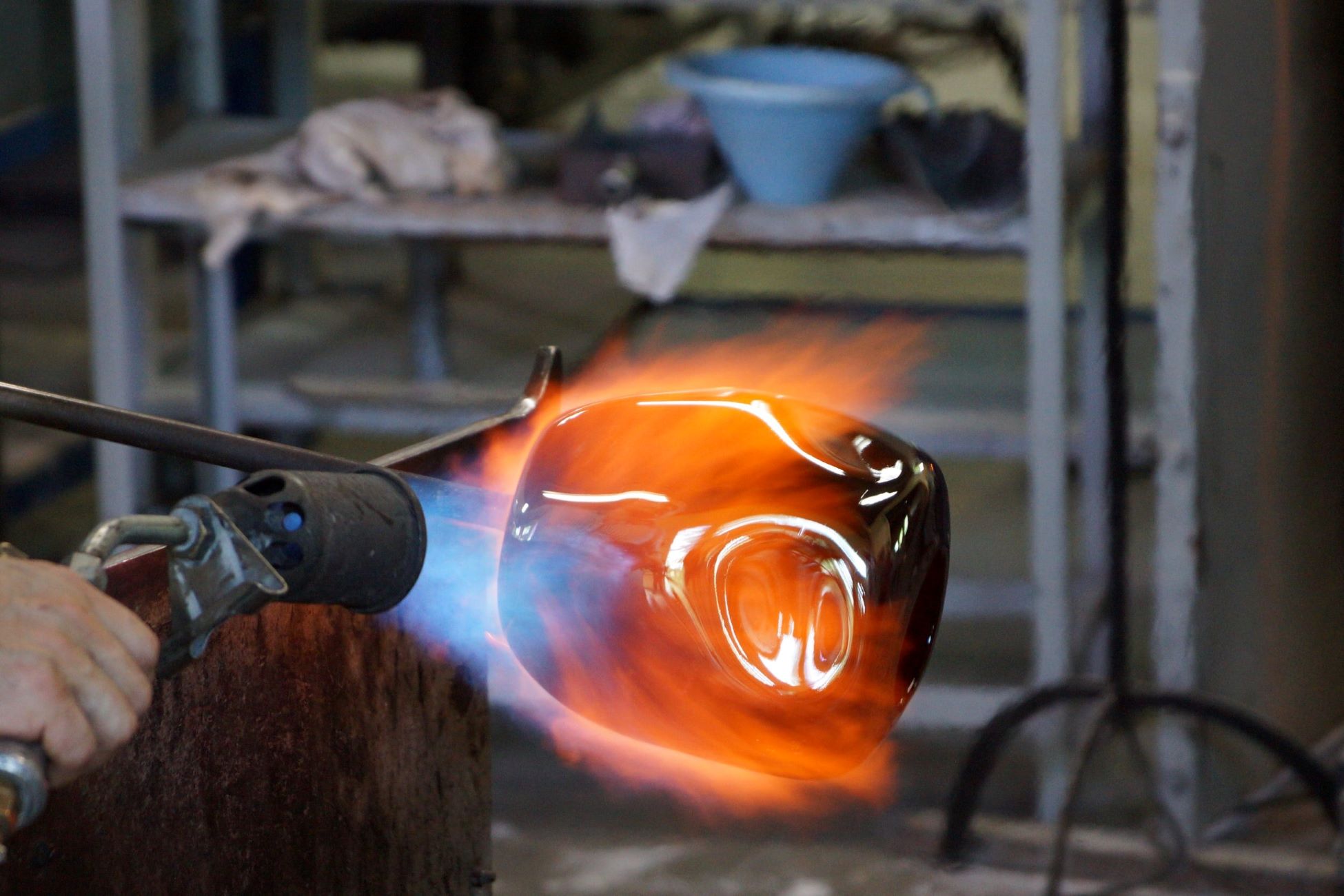
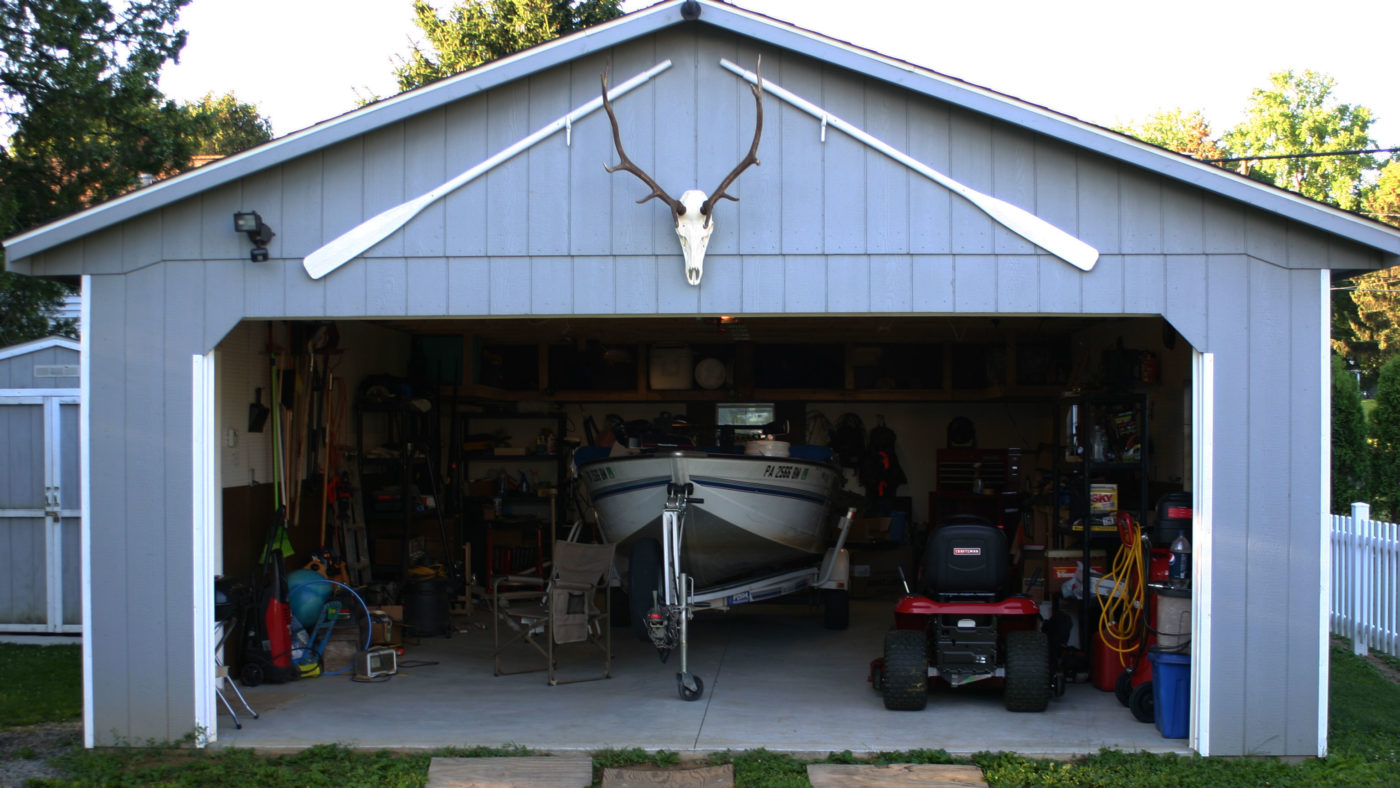
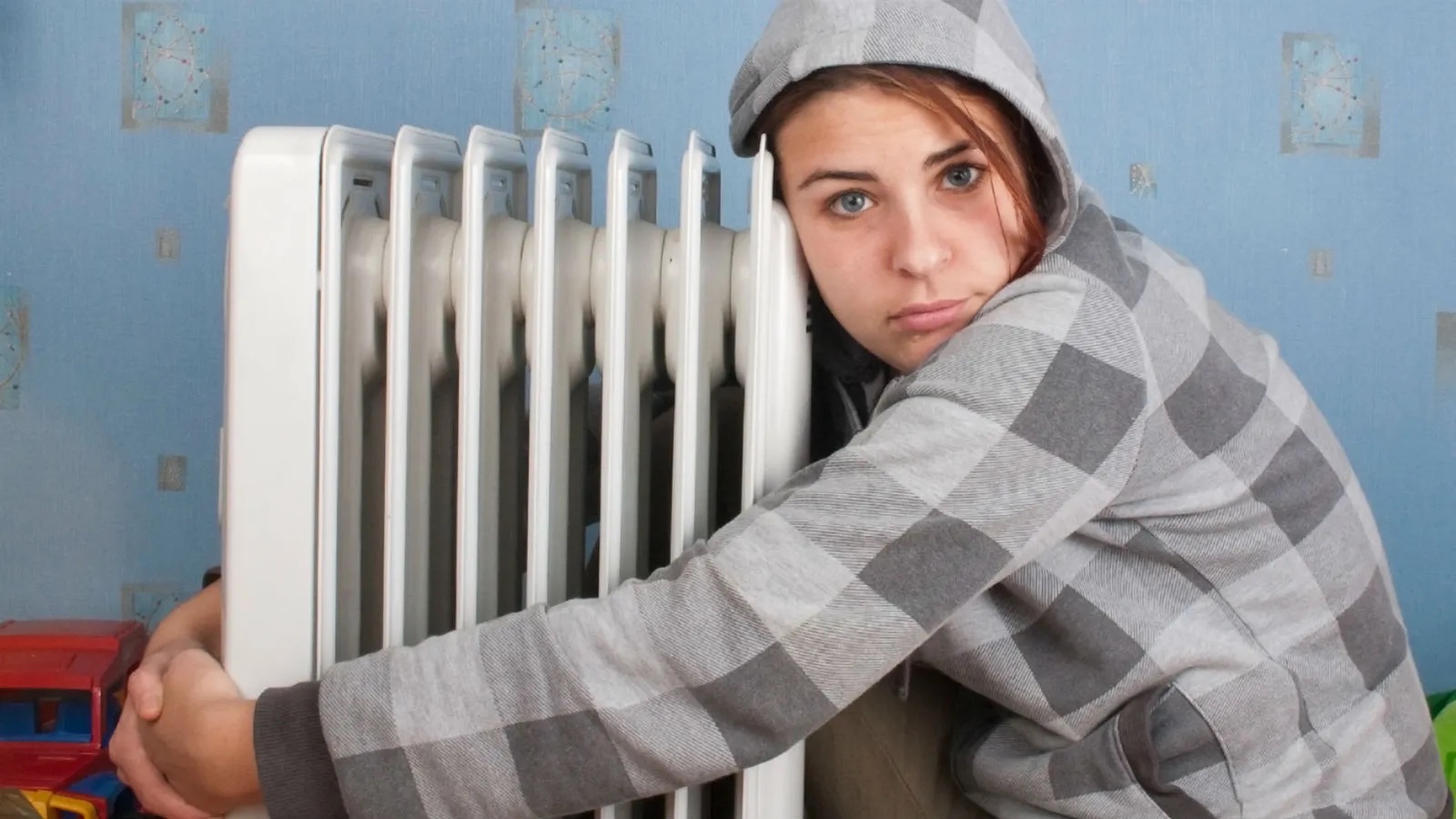
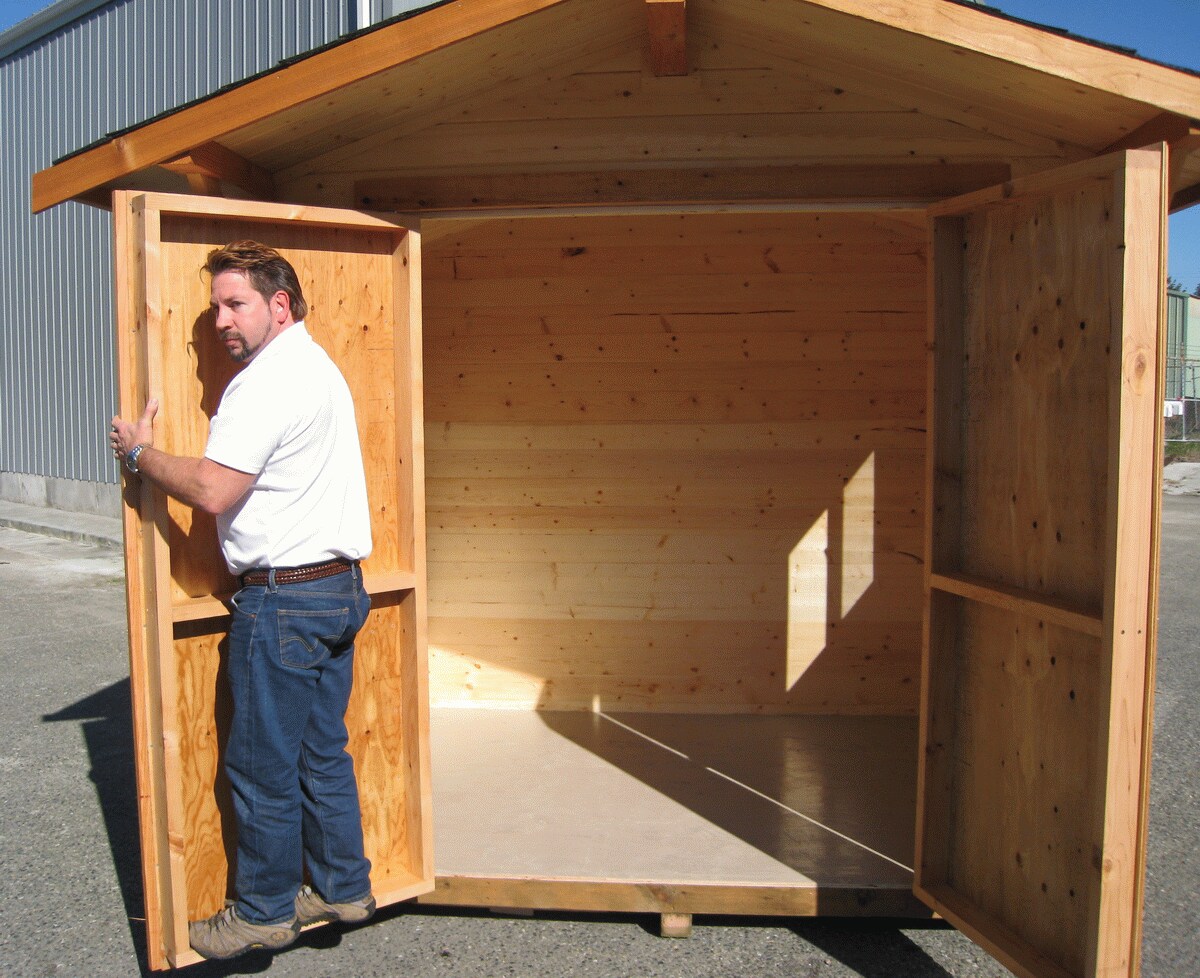
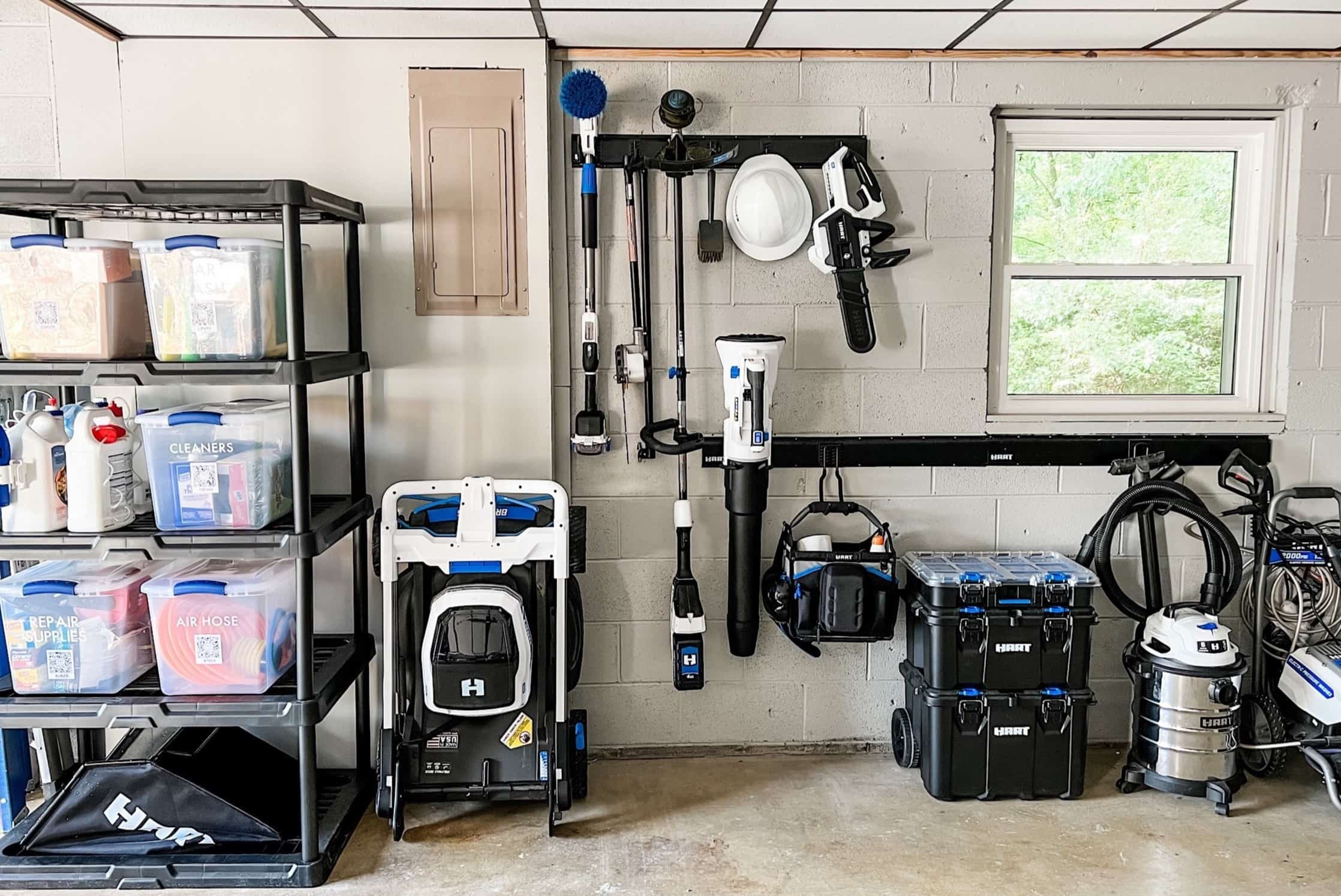


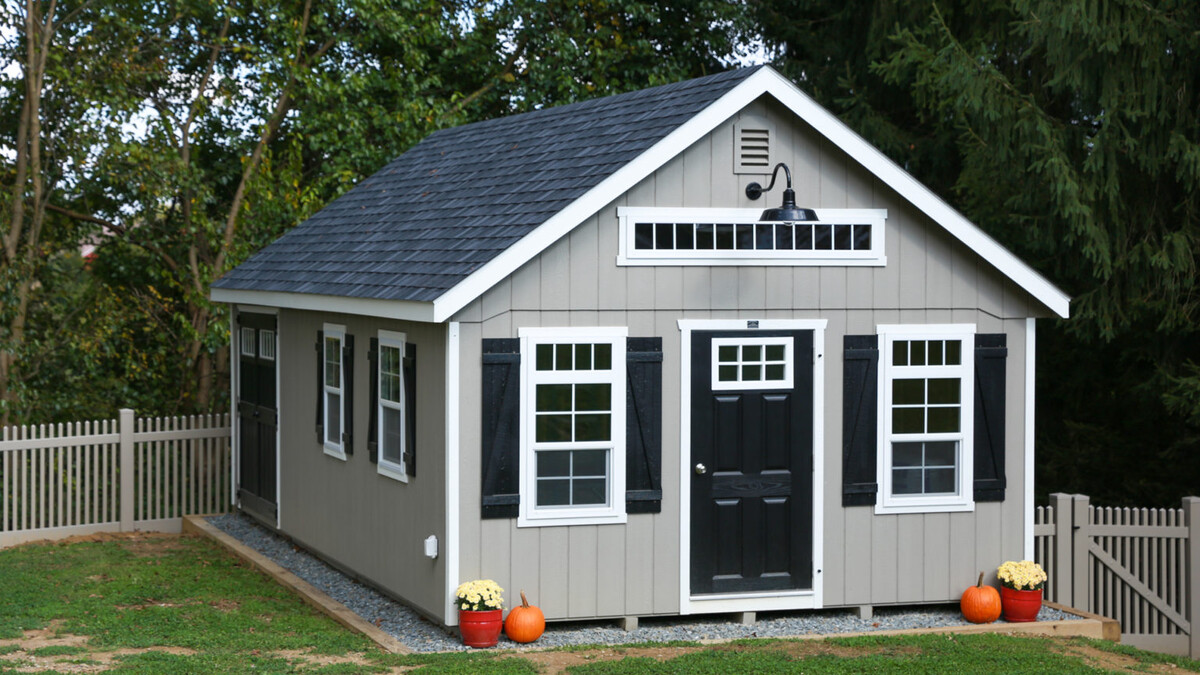
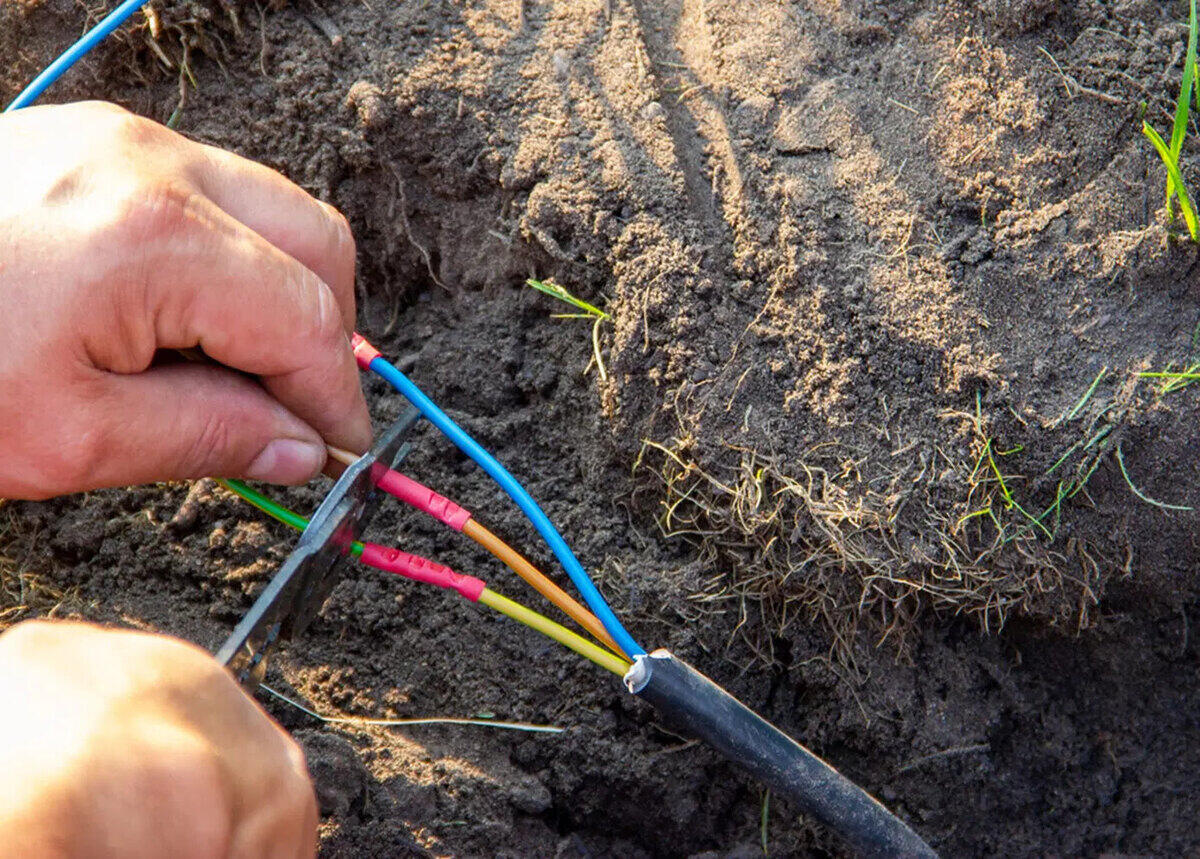
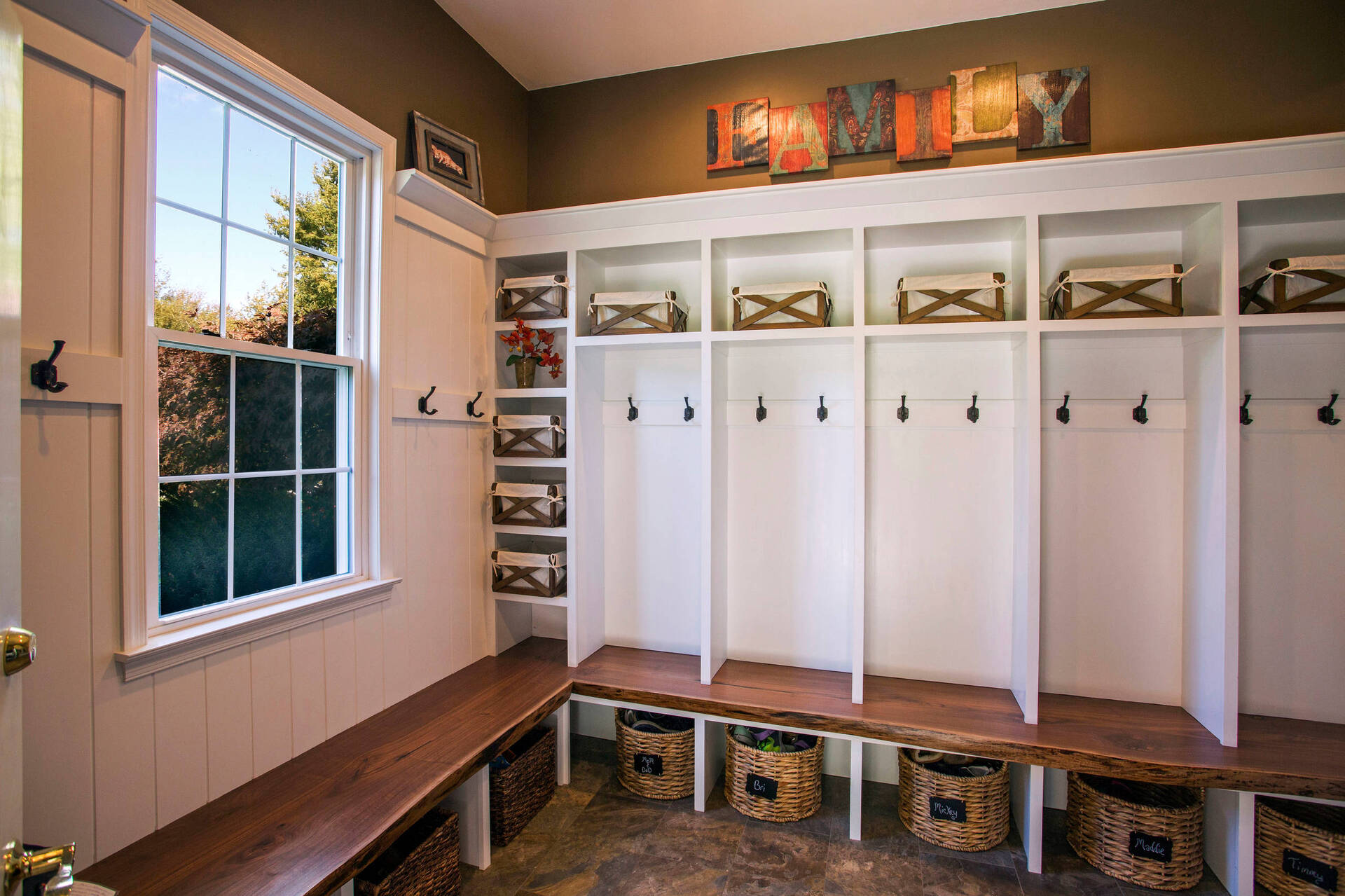


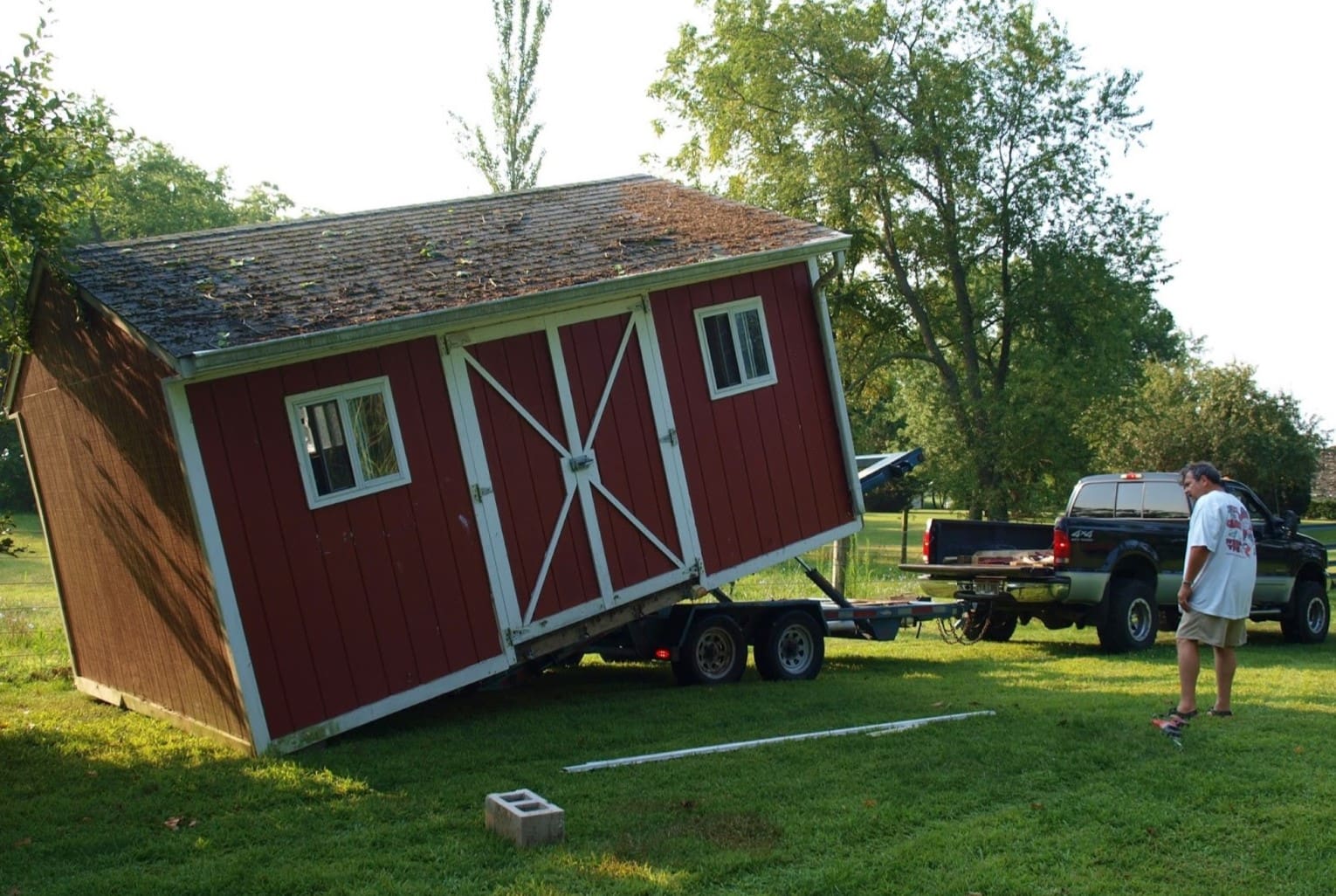
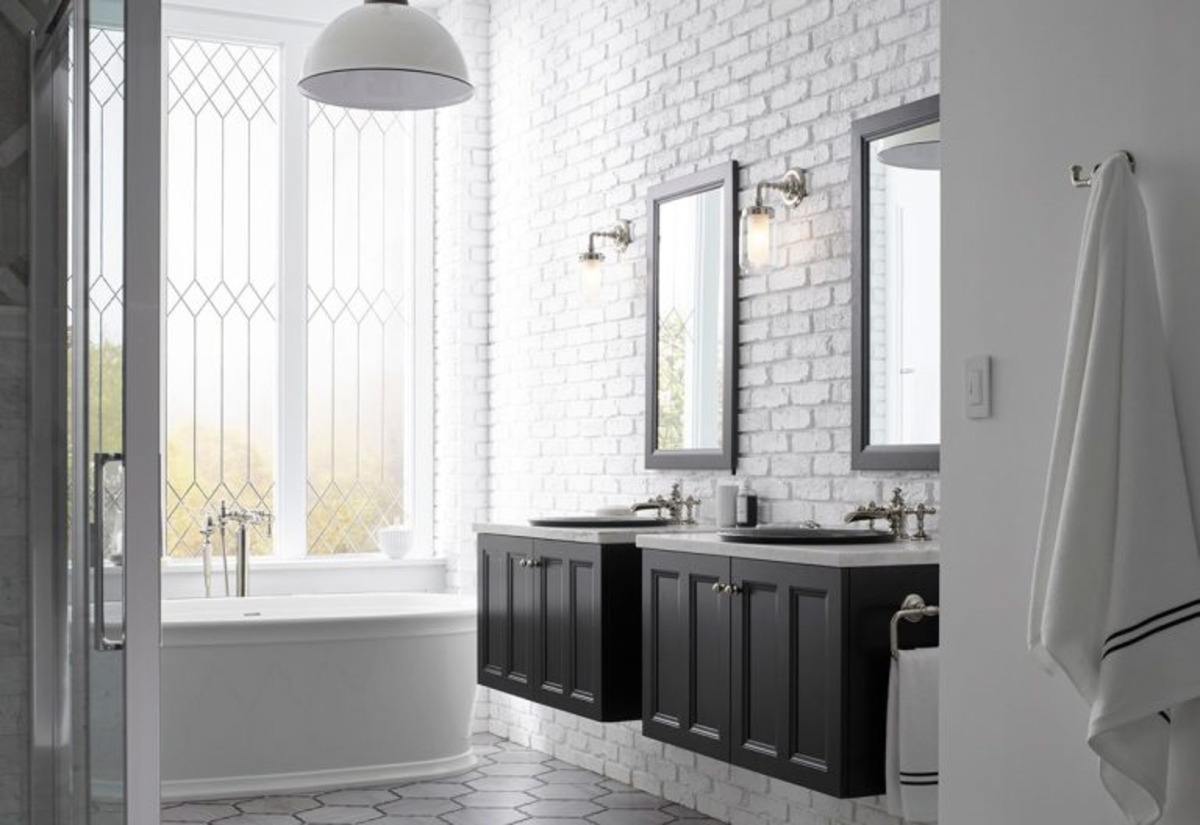

0 thoughts on “How To Heat A Shed Without Electricity”